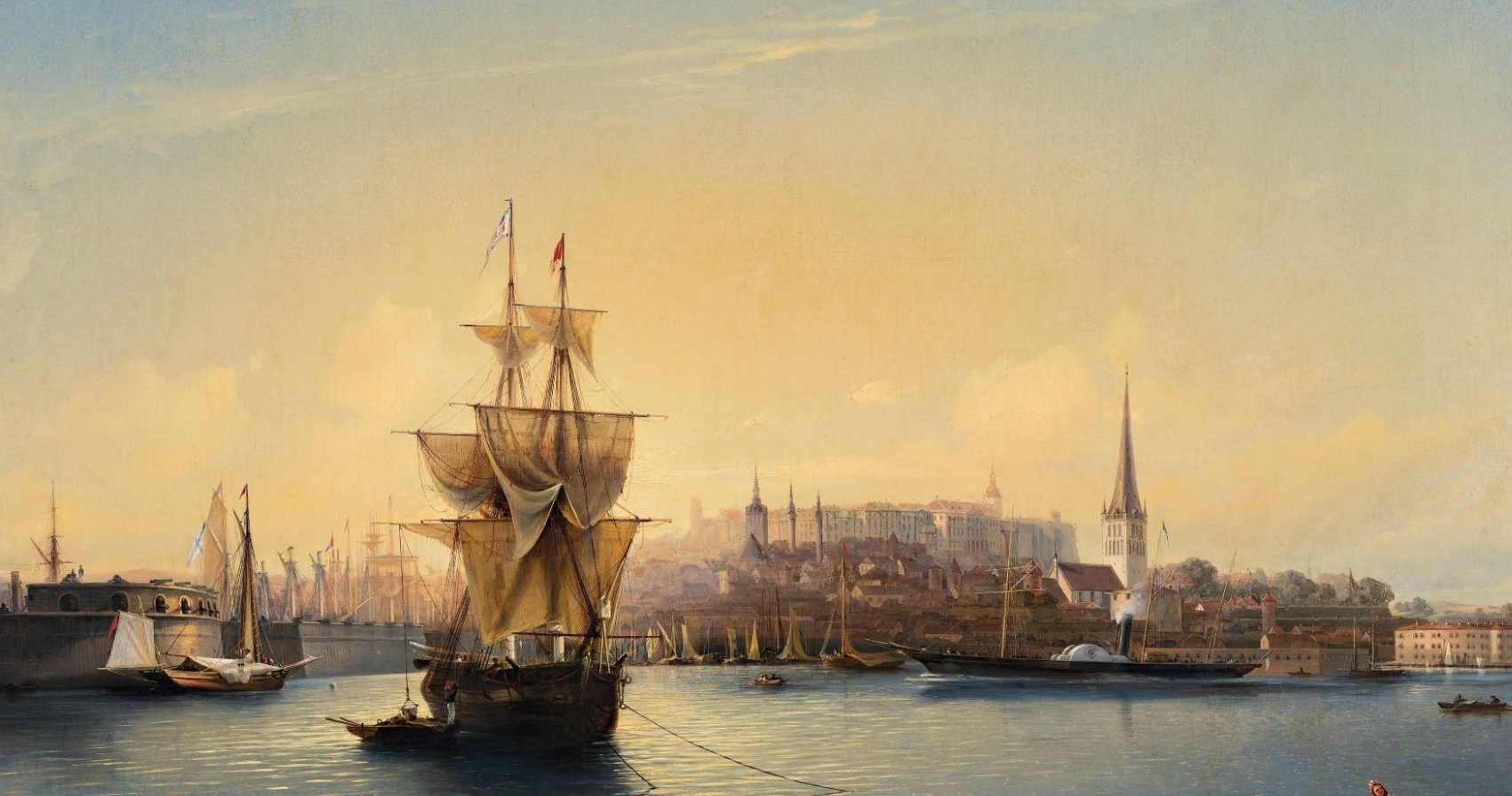The permanent exposition of the Kadriorg Art Museum presents the cream of the foreign art collection of the Art Museum of Estonia, which consists mostly of paintings, sculptures and applied art from Western Europe and Russia from the 16th to the 20th centuries.
The exposition has been divided into different national schools, of which the two largest and most comprehensive are the Netherlandish and the Russian schools; art from other countries is represented by works from various periods and movements.
The permanent display of the art from the Low Countries is dominated by works from the 17th century, which was the golden age of Netherlandish art. The very first works in the collection of the Art Museum of Estonia are from the Netherlands: the paintings Wedding Procession and Presentation of Gifts by the studio of Pieter Breughel the Younger, which arrived at the museum in 1919 and have been registered under the numbers EKM VM 1 and EKM VM 2. One of the most valuable masterpieces from the 16th century is the painting The Expulsion of Merchants from the Temple, which has been linked to the circle of Hieronymus Bosch and has even been the object of an international research project. Additionally, the display includes works of art by Jacob Jordaens, Leonhard Bramer, Maerten de Vos, Philips Wouverman, Bartholomeus van der Helst and others.
The oldest work in the permanent exposition of the Kadriorg Art Museum is a painting by the studio of a leading Reformation era artist, Lucas Cranach the Elder, entitled Portrait of John Frederick the Magnanimous, Prince-elector of Saxony, from the mid-16th century.
A separate room has been reserved for applied art, allowing the visitor to admire the output of Russian porcelain and glass manufactories, from figural series depicting different professions and nations living in Russia to propaganda porcelain.




